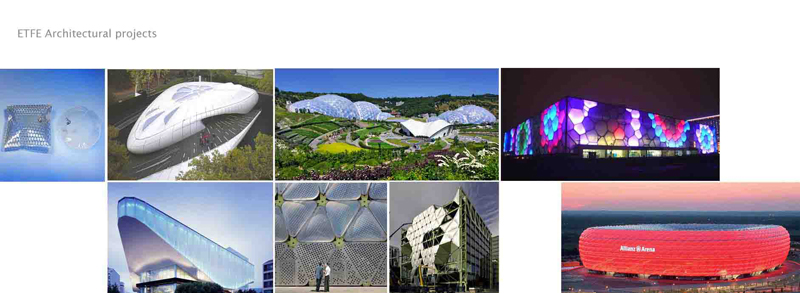Cork: Cork is a natural, organic, sustainable product that is soft to the touch, feather light yet durable, fire resistant and waterproof. It is used for a variety of products such as flooring, architectural cladding panels and designers are now creating eco-friendly cork handbags and other cork fashion and home accessories that are stylish as well as functional it’s becoming the new alternative for eco-friendly fashion and decorating. On the other hand cork can be a padding material for other architectural material like flooring tiles or elevation panels and can be the thermal and water insulation material. Harvesting Cork oak is one of the best examples of a sustainable agro-forestry system where people use the natural resources, without disturbing or destroying nature. Cork oak trees are unique in their ability to regenerate after their bark has been harvested. This means that cork forests undergo fewer disturbances than conventional commercial forests, creating a unique and valuable eco-system. FSC (Forest Stewardship Council) certification is considered the best way to protect this environment for the long-term benefit of communities living and working in these regions, as well as the indigenous wildlife. The attached link is an interesting clip for cork harvesting.
ETFE: Ethylene tetrafluoroethylene, ETFE, a fluorine based plastic was designed to have high corrosion resistance and strength over a wide temperature range. It can be used for insulation, as well as temperature and light regulation. ETFE is a growing trend in architecture these days because it enables new design options. ETFE foil is a perfect covering for a greenhouse because it is strong, transparent and lightweight. A piece of ETFE weighs less than 1 percent of a piece of glass with the same volume. It is also a better insulator than glass, and it is much more resistant to the weathering effects of sunlight. The material is self cleaning because of its chemical composition (very similar to teflon). In most architectural applications the material is used in ETFE Pillows. This configuration is a composite of two layers of ETFE that are pressurized to form a more rigid unit. Typically, aluminum strips are sandwiched along the edges to seal the pillows with just a small pressurization hose penetration left open. The amount of light that passes through membranes can be regulated, because membrane cushions with an inner coating of tungsten trioxide turn blue when they come into contact with hydrogen and lose their color if the cushions are filled with oxygen You could use a foil such as this to cover the entire facade of a house and have light pass depending upon sunlight conditions.

